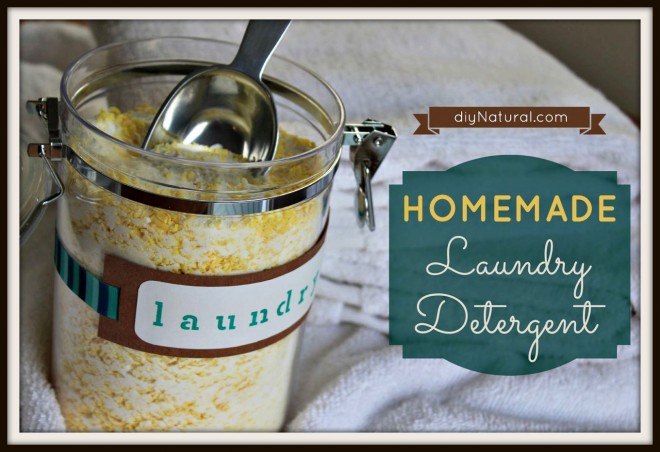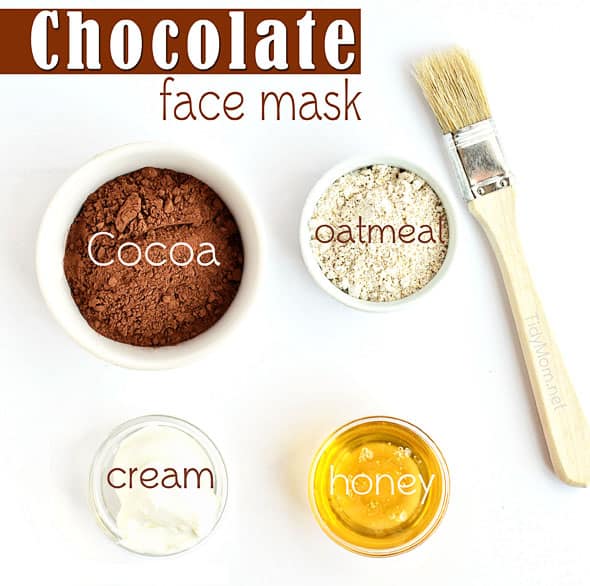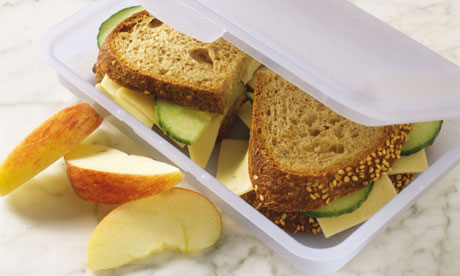These are some excellent beauty tips for back-to-school so you can be looking your best for Welcome Week! These products are less wasteful than your drugstore cosmetic products because they require far less processing, packaging, and shipment. Who says beauty can't be painless?
 |
| This photo was retrieved here. |
Ingredients:
- 1/4 cup Redmond Clay (it'll come in a dry powder form, you can buy it here).
- 3/8 cup boiling water (preferably purified)
- 1/4 tsp. Real Salt (or really any kind of unrefined salt)
- 15-25 drops Stevia (liquid or powder is fine)
- 10-12 drops Peppermint Oil
- 4-6 drops Tea Tree Oil
 |
| This photo was retrieved here. |
How to DIY:
1. Combine the powdered clay and salt into a bowl.
2. Pour in the boiling water.
3. Mix the contents with a hand mixer. The consistency should be toothpaste-like.
4. Add in the Stevia, Peppermint and Tea Tree oils until you are happy with the flavor.
5. Give it one last mix.
 |
| This photo was retrieved here. |
Ingredients:
- 1/2 cup Almond or Olive Oil
- 1/4 cup Coconut Oil
- 1/4 cup Beeswax
- (optional) 1 teaspoon Vitamin E Oil
- (optional) 2 tablespoons Shea Butter of Cocoa Butter
- (optional) Peppermint/Tea Tree Essential Oil
- (optional) Vanilla Extract
How to DIY:
1. Combine ingredients into a mason jar. Make sure it's pint-sized, at least.
2. Place a medium saucepan filled with a couple inches of water over medium heat.
3. Put a lid on the jar, loosely, and put it in the pan with the water.
4. Watch as the ingredients in the jar start to melt. Shake or stir occasionally. When all ingredients are completely melted, put them into a jar you'll use for storage.
 |
| This photo was retrieved here. |
Ingredients:
- 1 bar (4.5 ounces) of shaved bar soap (Dr. Bronner's, Ivory, ZOTE, etc.)
- 1 cup of borax
- 1 cup of washing soda
How to DIY:
1. Shave the bar soap, if not already shaven.
2. Stir the ingredients together.
3. Store in a sealed container.
4. Use 1. Tbsp. per load.
 |
| This photo was retrieved here. |
Ingredients:
- 2 tsp. Coconut Oil
- 4 tsp. Aloe Vera Gel
- 1/2 tsp. grated Beeswax
- 1-2 capsules of activated charcoal
- a clean Mascara Container (just clean out an old one)
How to DIY:
1. Put coconut oil, aloe vera gel, and grated beeswax in a small saucepan over low heat. Stir until beeswax is completely melted.
2. Open 1-2 capsules of activated charcoal (depending on desired color, about 1/4-1/2 tsp.) and pour into oil mixture. Stir until completely incorporated. Remove from heat.
3. Pour into a small plastic bag, pushing the mixture down to one corner. Then cut a very small hole in the opposite corner of the bag.
4. Fold the corner with the cut whole until you have a small tip that you can push into the empty mascara tube. (It's much easier if you have an extra set of hands nearby to hold the tube in place!) Make sure the tip goes far enough into the tube or you'll have a big mess on your hands!
5. Keep the small-hole-end securely in the tube (or get your helper to hold it in place). Begin pressing the mascara mixture toward the tube. Don't move too quickly or it will come out and you'll have to mess deal with. (I highly recommend doing this with a paper towel or napkin underneath.) Keep moving the mixture into the tube until it's all in.
6. Place the inner cap in place and then twist the wand on tightly.
 |
| This photo was retrieved here. |
Ingredients:
- 5 tbs. coconut oil
- 1/3 cup baking soda
- 1/2 cup arrowroot powder
- 15 drops of grapefruit essential oil
How to DIY:
1. Mix baking soda and arrowroot together.
2. Add the oils and mix well.
3. Pour into a clean jar.

Ingredients:
- 1/3 cup cocoa
- 1/4 cup honey
- 2 tbs. heavy cream, or sour cream
- 3 tablespoons oatmeal powder
How to DIY:
1. Mix all ingredients in a small bowl with a spoon or spatula.
2. Apply immediately on face using a clean brush or fingers.
3. Gently massage into skin.
4. Lay down, and leave on skin for 15-20 minutes.
5. Rinse off with lukewarm water.
 |
| This photo was retrieved here. |
Ingredients:
- 1 tbs. arrowroot powder
- hibiscus powder
- (optional) cinnamon
How to DIY:
1. Combine the hibiscus powder, one teaspoon at a time until desired color is reached, with the arrowroot powder.
2. (optional) Add cinnamon for a little "depth and glow."
While I have provided links for you to purchase these ingredients online, to cut down on pollution from transportation and waste from packaging, try to gather these ingredients from local sources: Trader Joe's, World Market, any local shops which provide these.
 |
| This photo was retrieved here. |
Ingredients:
- Arrowroot powder (1 tsp. for dark skin, 1Tbs. for light skin)
- Add one or a combination of:
- Cocoa Powder
- Ground Cinnamon
- Nutmeg
- (optional) Jojoba, Olive, or Almond Oil
How to DIY:
1. Start with a base of arrowroot powder.
2. Add in one or combination of the cocoa powder, cinnamon, or nutmeg until you reach your desired tone.
3. Want a more "compact" foundation? Add some jojoba/olive/almond oil to the mixture and press down into a compact. (Start with 5 drops and keep adding until it reaches your desired texture).
Works Cited
Langford, Stephanie. "Homemade Clay Toothpaste - Keeper of the Home."Keeper of the Home. N.p., 2013. Web. 11 June 2014.
Katie. "Homemade Lotion Recipe- How to Make Your Own Lotion." Wellness Mama. N.p., 2012. Web. 11 June 2014.
Jabs, Matt. "The Original Homemade Laundry Detergent." DIYNatural. N.p., n.d. Web. 11 June 2014.
"Homemade Mascara: All Natural and Eye Friendly." Thank Your Body. N.p., 15 Oct. 2012. Web. 11 June 2014.
Cottis, Halle. "How To Make Your Own Deodorant With Only 3 Natural Ingredients!" Whole Lifestyle Nutrition How To Make Your Own Deodorant With Only 3 All Natural Ingredients Comments. N.p., 2012. Web. 11 June 2014.
"Homemade Deodorant with Coconut Oil." Family Sponge. N.p., n.d. Web. 11 June 2014.
Cheryl. "Chocolate Oatmeal Face Mask." Gourmande in the Kitchen. N.p., 26 July 2013. Web. 11 June 2014.
"All Natural Homemade Foundation." Thank Your Body. N.p., 18 Mar. 2013. Web. 11 June 2014.
































